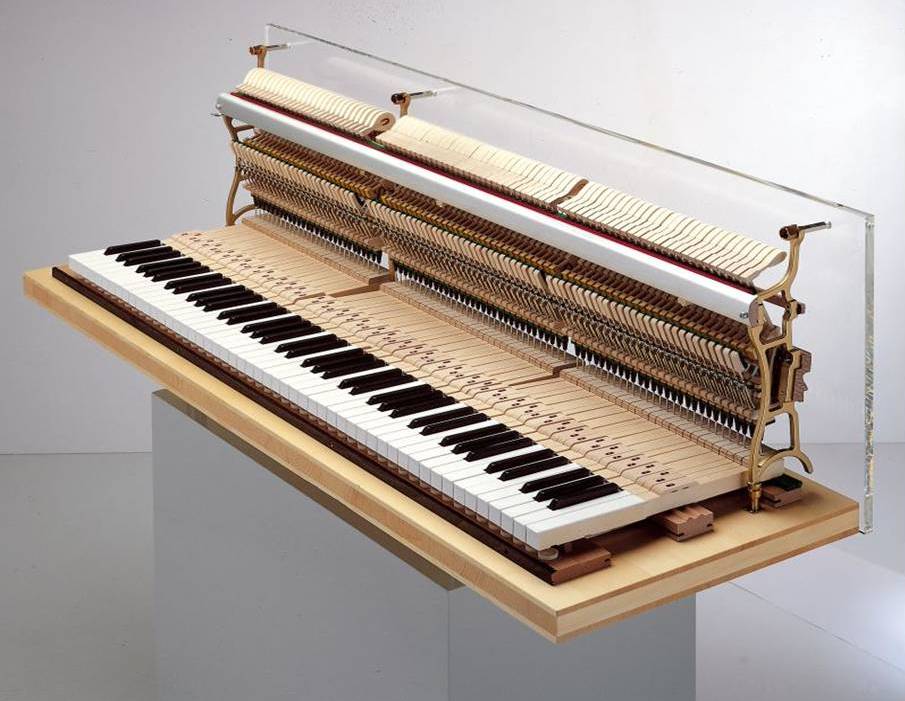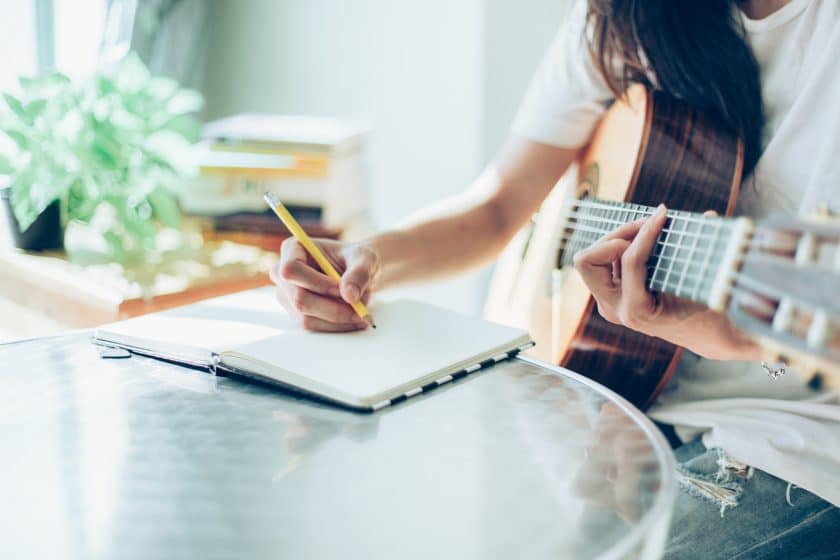
Know The Process of Grand and Upright Piano Regulation
May 6, 2021Inner playing mechanism of a piano is referred as “Piano Action” and it is the most sensitive and complex machine. Alike all other machines, it is necessary to keep the mechanism with optimal adjustment so that it can function the way it was intended to work when it was manufactured. The piano has over 25 points of adjustment for each key and all the adjustments must work aptly to produce the sound when you play one note.
In a bid to prevent wear, changes in wooden parts due to humidity and compacting of cloth and felt, it is necessary to carry out periodic adjustments. Maintaining a good link between the parts can prevent unnecessary wear and it will also make the action feel right. According to piano experts, regulation of your piano regularly is necessary in every 3 to 5 years.
Below you will find more information about regulation of grand and upright piano:-
Upright Piano Regulation
Apt regulation of the upright piano is very essential to achieve most satisfied sound from your instrument. The piano keeps on playing, but it is the way in which the action responds to your touch and will give you maximum pleasure. The keys are likely to feel as light as possible depending upon the piano you are having. When you are playing chord, then all the notes are likely to play with same pressure delivered from each finger. However, the force or pressure required at which they will deliver sound vary from models to models of piano.
The upright pianos are the great piano to play and the tune of the piano needs to be regulated and for complete Upright Piano Regulation you need to spend long hours in setting the keys and adjusting he escapement. If you are not a professional in handling the regulation of your upright piano, it is better to hire the services of professionals to get the regulation done with minimal damages to the instrument and with minimum expenses. Their regulation services include many things including:
- Spacing hammers to stings
- Adjustment escapement
- Levelling and setting up the keys to allow precise escapement
- Adjusting checks, damper effectiveness, sustain pedal giving even lift on all dampers, individual dampers lift and soft pedal
When a piano is designed a variety of adjustments are made to enable the instrument to play correctly and a thousand of different tweaks and alterations are undertaken. The 88 keys of your piano usually require a variety of small alteration for the note to play.



